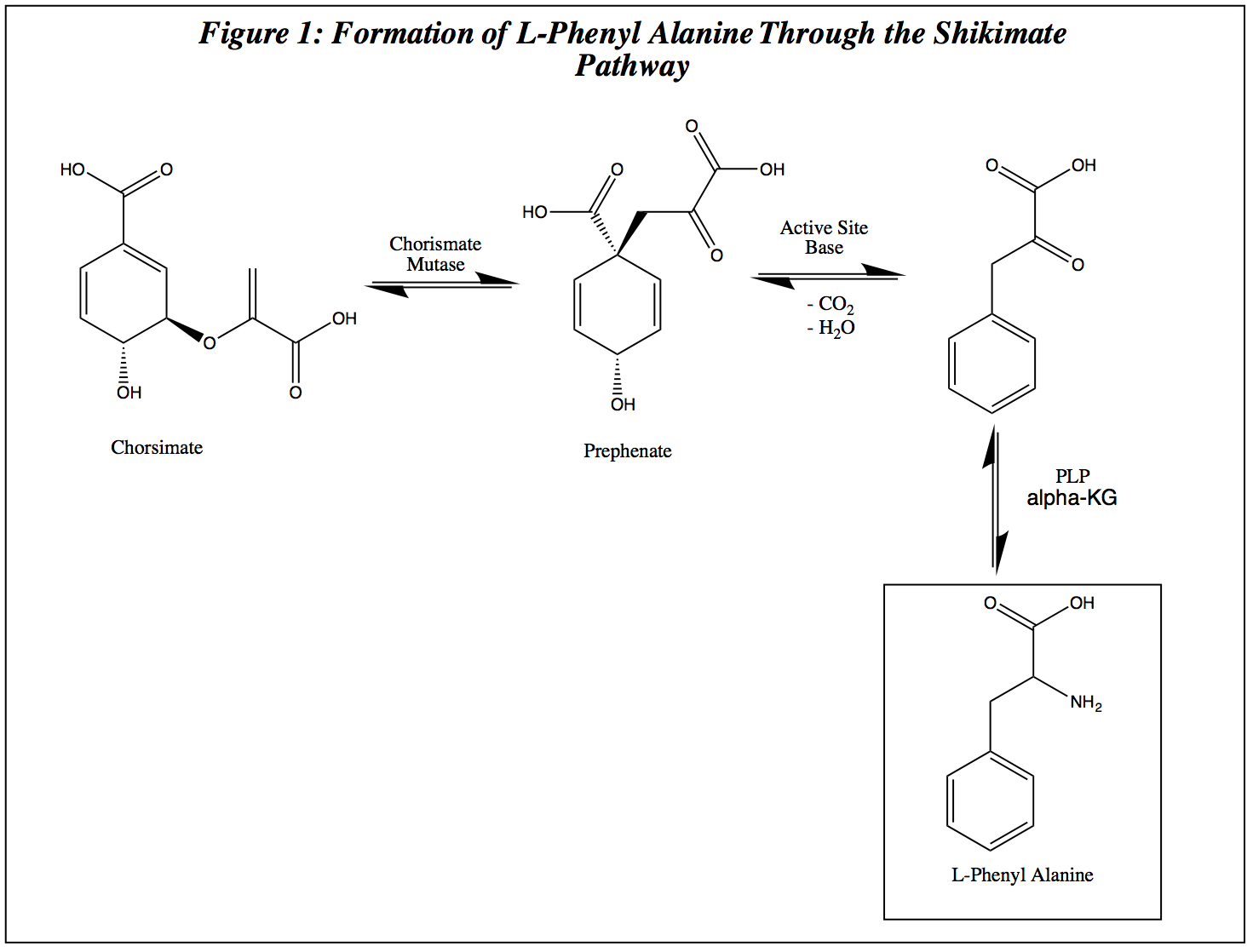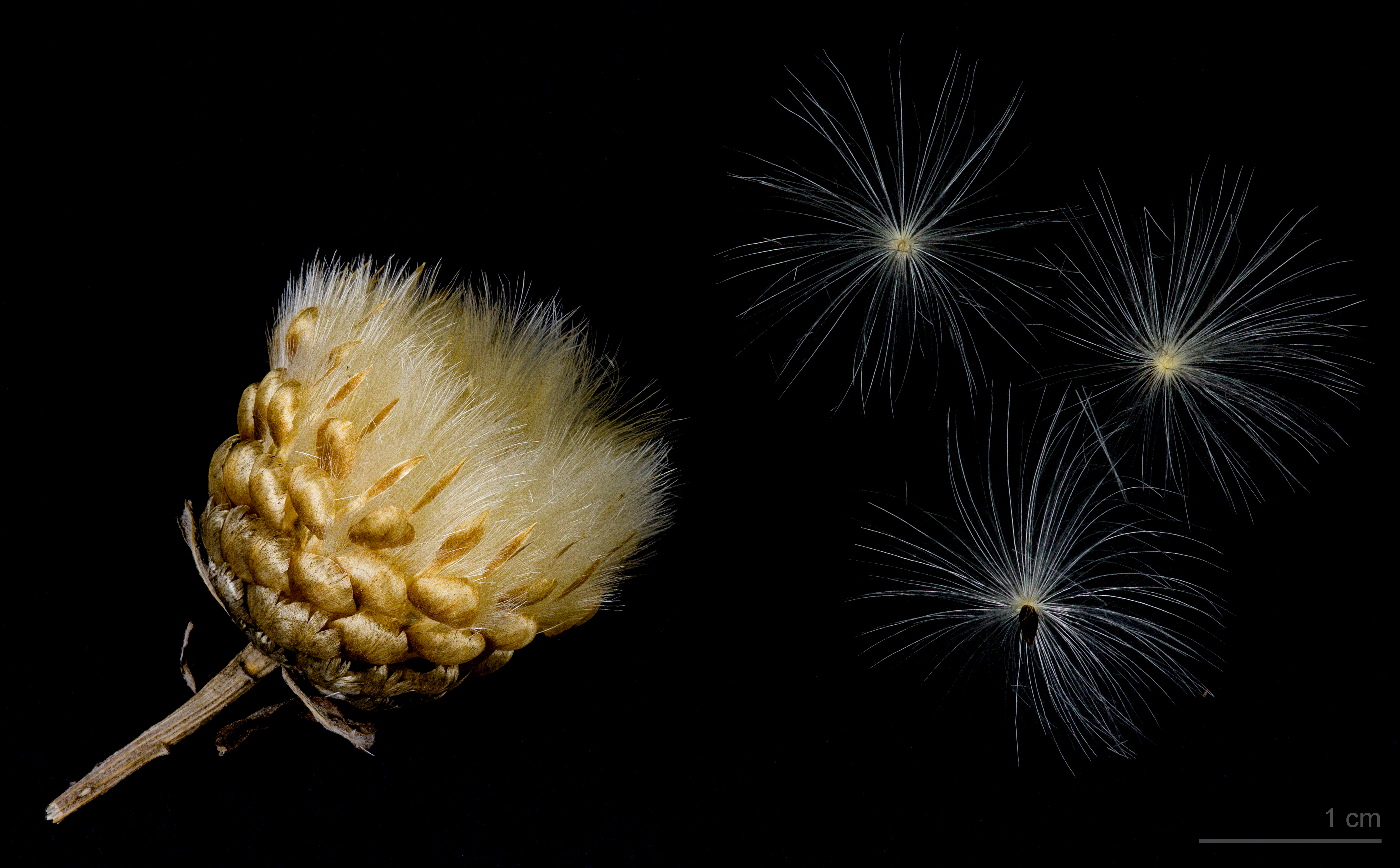|
Cyanin (anthocyanin)
Cyanidin-3,5-''O''-diglucoside, also known as cyanin, is an anthocyanin. It is the 3,5-''O''-di glucoside of cyanidin. Natural occurrences Cyanin can be found in species of the genus '' Rhaponticum'' (Asteraceae). In food Cyanin can be found in red wine as well as pomegranate juice according to a study done by Graça Miguel, Susana Dandlen, Dulce Antunes, Alcinda Neves, and Denise Martins in the winter of 2004. Pomegranate juice extracted through centrifugal seed separation has higher amounts of cyanidin-3,5-''O''-diglucoside than juice extracted by squeezing fruit halves with an electric lemon squeezer. See also * Phenolic content in wine The phenolic content in wine refers to the phenolic compounds—natural phenol and polyphenols—in wine, which include a large group of several hundred chemical compounds that affect the taste, color and mouthfeel of wine. These compounds include ... References External links {{Anthocyanins Anthocyanins Flavonoid glucosi ... [...More Info...] [...Related Items...] OR: [Wikipedia] [Google] [Baidu] |
Anthocyanin
Anthocyanins (), also called anthocyans, are water-soluble vacuolar pigments that, depending on their pH, may appear red, purple, blue, or black. In 1835, the German pharmacist Ludwig Clamor Marquart gave the name Anthokyan to a chemical compound that gives flowers a blue color for the first time in his treatise "''Die Farben der Blüthen''". Food plants rich in anthocyanins include the blueberry, raspberry, black rice, and black soybean, among many others that are red, blue, purple, or black. Some of the colors of autumn leaves are derived from anthocyanins. Anthocyanins belong to a parent class of molecules called flavonoids synthesized via the phenylpropanoid pathway. They occur in all tissues of higher plants, including leaves, stems, roots, flowers, and fruits. Anthocyanins are derived from anthocyanidins by adding sugars. They are odorless and moderately astringent. Although approved as food and beverage colorant in the European Union, anthocyanins are not appr ... [...More Info...] [...Related Items...] OR: [Wikipedia] [Google] [Baidu] |
Glucoside
A glucoside is a glycoside that is derived from glucose. Glucosides are common in plants, but rare in animals. Glucose is produced when a glucoside is hydrolysed by purely chemical means, or decomposed by fermentation or enzymes. The name was originally given to plant products of this nature, in which the other part of the molecule was, in the greater number of cases, an aromatic aldehydic or phenolic compound (exceptions are Jinigrin and Jalapin or Scammonin). It has now been extended to include synthetic ethers, such as those obtained by acting on alcoholic glucose solutions with hydrochloric acid, and also the polysaccharoses, e.g. cane sugar, which appear to be ethers also. Although glucose is the most common sugar present in glucosides, many are known which yield rhamnose or iso-dulcite; these may be termed pentosides. Much attention has been given to the non-sugar parts (aglyca) of the molecules; the constitutions of many have been determined, and the compounds synthe ... [...More Info...] [...Related Items...] OR: [Wikipedia] [Google] [Baidu] |
Cyanidin
Cyanidin is a natural organic compound. It is a particular type of anthocyanidin (glycoside version called anthocyanins). It is a pigment found in many red berries including grapes, bilberry, blackberry, blueberry, cherry, chokeberry, cranberry, elderberry, hawthorn, loganberry, açai berry and raspberry. It can also be found in other fruits such as apples and plums, and in red cabbage and red onion. It has a characteristic reddish-purple color, though this can change with pH; solutions of the compound are red at pH 11. In certain fruits, the highest concentrations of cyanidin are found in the seeds and skin. Cyanidin has been found to be a potent sirtuin 6 (SIRT6) activator. List of cyanidin derivatives * Antirrhinin (cyanidin-3-rutinoside or 3-C-R), found in black raspberry * Cyanidin-3-xylosylrutinoside, found in black raspberry * Cyanidin-3,4′-di-''O''-β-glucopyranoside, found in red onion * Cyanidin-4′-''O''-β-glucoside, found in red onion * Chrysanthem ... [...More Info...] [...Related Items...] OR: [Wikipedia] [Google] [Baidu] |
Rhaponticum
''Rhaponticum'' is a genus of flowering plants in the tribe Cardueae within the family Asteraceae. Description ''Rhaponticum'' species are perennial herbaceous plants with simple, rarely branched stems. The leaves are simple to pinnatifid. The inflorescence is on the apex of the stem. The fruit is an achene with a hairy pappus.''Rhaponticum''. Flora of China. Systematics Species The genus comprises the following species.Hidalgo, O., et al. (2006)[...More Info...] [...Related Items...] OR: [Wikipedia] [Google] [Baidu] |


